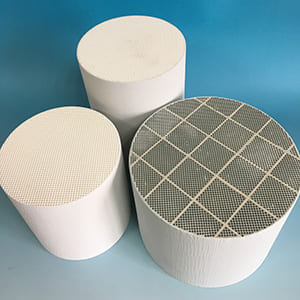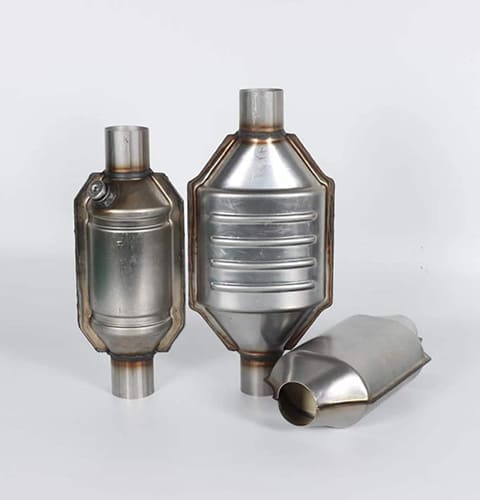In the ever-evolving world of vehicular emissions, terms like GPF and DPF frequently pop up. But what do these acronyms stand for? And how are they different in their functionalities and applications?
At their core, GPFs (Gasoline Particulate Filters) and DPFs (Diesel Particulate Filters) are both designed to reduce particulate emissions from vehicles. While they serve a similar purpose, they cater to different types of engines and operate under varied conditions. Grasping these differences can provide a clearer understanding of their roles in environmental conservation and can aid in making informed decisions for vehicle manufacturers and component suppliers.
So, what is a GPFs exactly?
GPFs, or Gasoline Particulate Filters, primarily function to capture fine particulates from gasoline engines. With the tightening of emission standards worldwide, the role of GPFs has become increasingly significant. They address the challenges posed by Gasoline Direct Injection (GDI) engines, which, while being fuel-efficient, tend to produce more particulates than traditional gasoline engines.
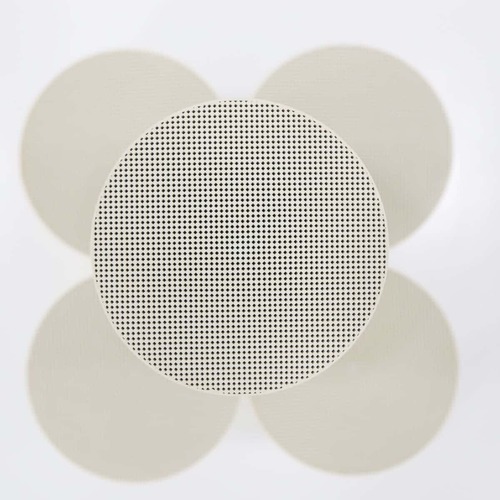
And how about DPFs?
DPFs, on the other hand, cater to diesel engines. Diesel engines, by their nature, emit a higher number of particulates, especially when compared to traditional gasoline engines. DPFs trap soot particles produced during the combustion process in diesel engines. Over time, this soot is periodically burned off in a process called ‘regeneration’ to prevent the filter from clogging. The advent of DPFs has been a significant step towards meeting the stringent particulate matter (PM) emission standards set in many countries.
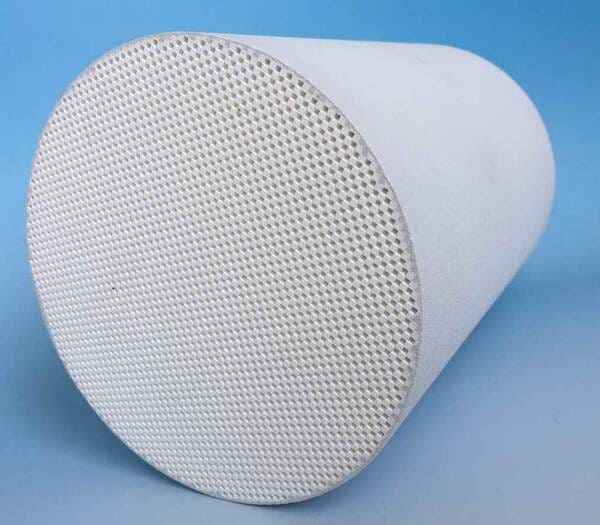
What are the primary differences between GPFs and DPFs?
- Fuel Type: The most evident difference lies in the fuel type they cater to. GPFs are for gasoline engines, while DPFs serve diesel engines.
- Construction and Material: While both filters are often made of cordierite, the filter wall thickness and cell density might vary. This is due to the different nature of particulates they capture.
- Regeneration Process: DPFs require periodic burning of trapped soot to prevent clogging, known as regeneration. This process is generally not as pronounced in GPFs, given the different nature of particulates from gasoline combustion.
- Emission Challenges: Diesel engines predominantly emit larger particulate matter and soot, requiring robust filtration. Gasoline engines, especially GDIs, produce finer particulates, which pose their unique challenges.
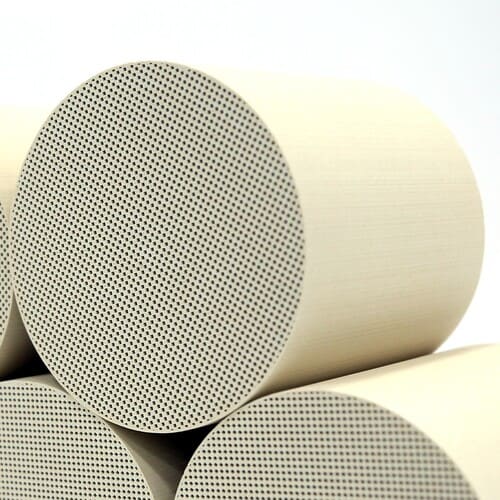
Why is this distinction important?
Understanding the difference between GPFs and DPFs is crucial for several reasons:
- Vehicle Design and Manufacturing: Manufacturers need to integrate the correct filter based on the engine type, ensuring optimal performance and emissions reduction.
- Maintenance and Replacement: Different filters have varied maintenance needs. Knowing the type of filter can help in determining the maintenance schedule and replacement cycle.
- Regulatory Compliance: Different countries have specific emission standards. Being aware of the filter type and its efficiency can help manufacturers stay compliant with these regulations.
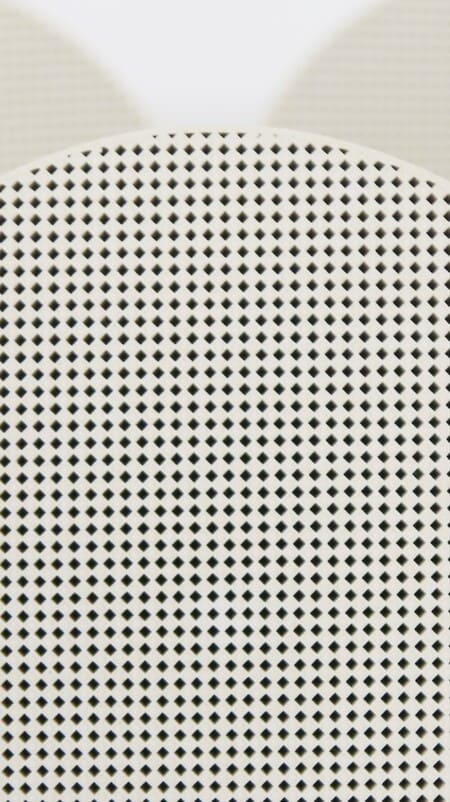
How are these filters evolving with changing automotive trends?
The automotive industry is witnessing a shift towards electrification. However, internal combustion engines, both gasoline and diesel, will continue to play a significant role in the near future. With evolving engine technologies and stricter emission norms, both GPFs and DPFs are continually adapting. Innovations in filter materials, improved regeneration processes, and integration with other emission control systems are some areas of ongoing research and development.
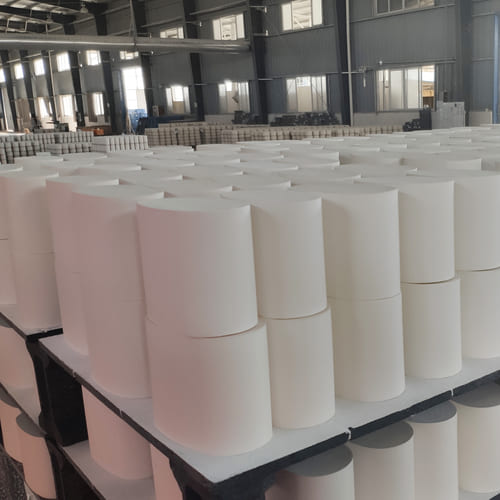
Conclusion
In the battle against vehicular emissions, both GPFs and DPFs hold their unique fort. While they serve similar overarching goals of reducing particulate emissions, their functionalities, applications, and challenges differ. As the automotive landscape continues to evolve, so will these filters, adapting to new challenges and playing a crucial role in a cleaner, greener future.

